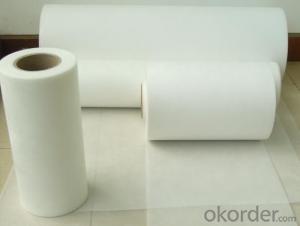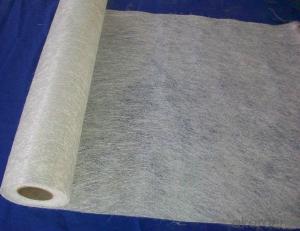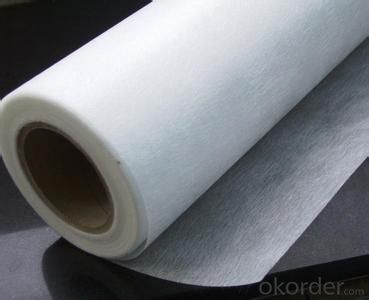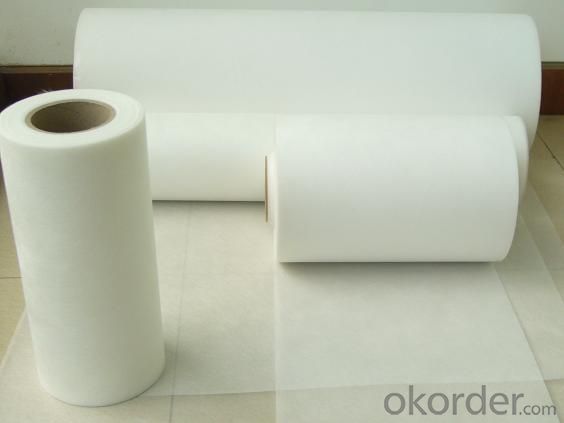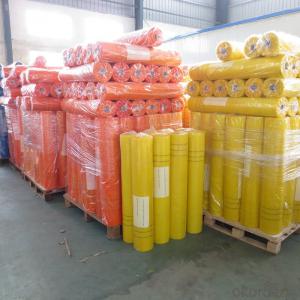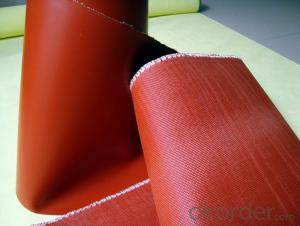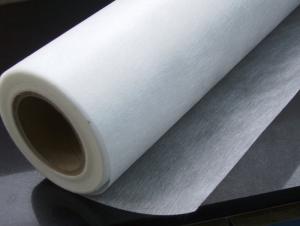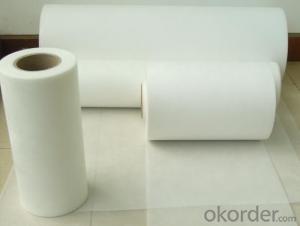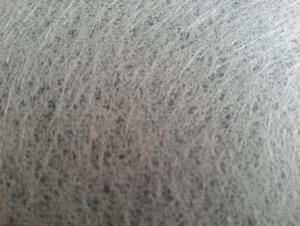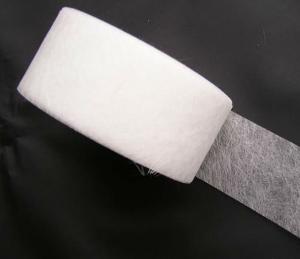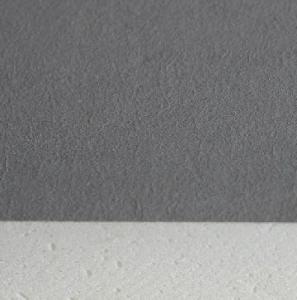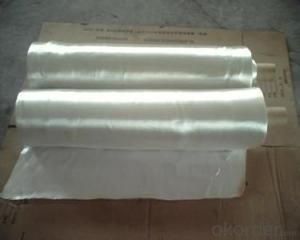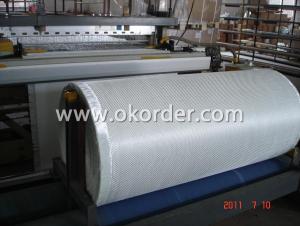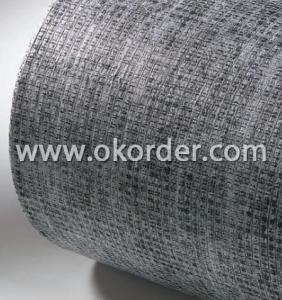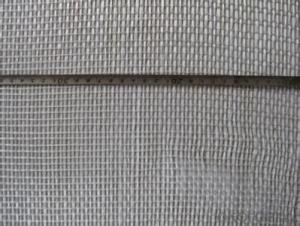Fiber Glass Surface Tissue Mat Low Binder Content
- Loading Port:
- China Main Port
- Payment Terms:
- TT or LC
- Min Order Qty:
- 2000kg kg
- Supply Capability:
- -
OKorder Service Pledge
OKorder Financial Service
You Might Also Like
Description
Surfacing Tissue mainly used in the surface layers of FRP products. It features even Fiber distribution, soft feel, level and smooth fiber surface, less glue content, quick resin soak and good pattern fitness. It can improve the product surface property on corrosion resistance, compressive strength, seepage resistance, and longer service life. It is also suitable for spraying; pattern pressing and other FRP pattern technology.
Product Features:
● Fast breakdown in styrene
● Fiber dispersed evenly
● Low binder content
● Superior acid corrosion resistance
Specifications
| item | unit | scc20w | scc30w | scc30w |
Area weight | g/m2 | 20 | 30 | 50 |
| binder content | % | 7 | 6 | 6 |
| tensile strength MD | N/5cm | ≥20 | ≥25 | ≥40 |
| soaking time | S | ≤8 | ≤10 | ≤16 |
| moisture content | % | ≤0.2 | ≤0.2 | ≤0.2 |
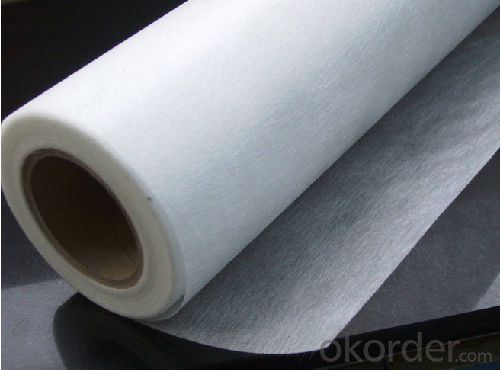
Product packaging:
Each Surface Tissue is wound onto a paper tube which has an inside diameter of 76mm and the mat roll has a diameter of 330mm. The mat roll is wrapped up with plastic film,and then packed in a cardboard box or wrapped up with kraft paper. The rolls can be vertically or horizontally placed. For transportation, the rolls can be loaded into a cantainer directly or on pallets.
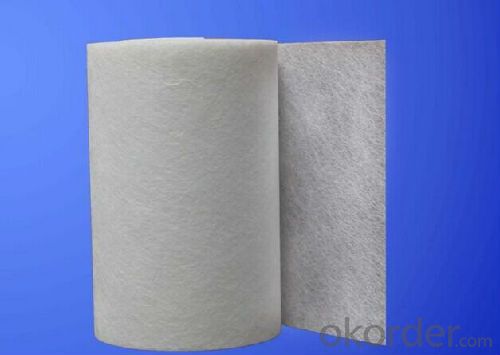
FAQ:
1.What is the delivery time ?
15days after receiving the deposit
2.Are you a trading company or factory.
We are factory,and we have more than 10 years of experience.
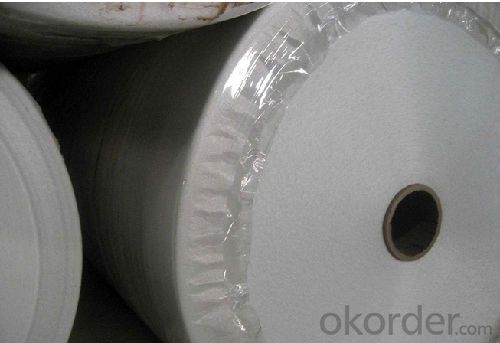
- Q: Can fiberglass fabric be used for insulation in industrial ovens?
- Indeed, insulation in industrial ovens can be achieved through the utilization of fiberglass fabric. Possessing exceptional thermal insulation properties, fiberglass fabric proves to be an ideal selection due to its capacity to endure high temperatures. By effectively capturing and confining heat within the oven, it enhances energy efficiency. Furthermore, the durability, resistance to chemical and moisture exposure, as well as low thermal conductivity of fiberglass fabric contribute to its reliability and longevity as a superior insulating option for industrial ovens.
- Q: Can fiberglass fabric be used for insulation panels?
- Yes, fiberglass fabric can be used for insulation panels. It is a common material choice for insulation due to its excellent thermal resistance properties and ability to effectively trap air, which helps in reducing heat transfer. Fiberglass fabric is also lightweight, flexible, and easy to install, making it suitable for insulation applications in various industries.
- Q: How does fiberglass fabric compare to carbon fiber fabric?
- Fiberglass fabric and carbon fiber fabric are both popular materials used in various industries for their exceptional strength and durability. However, there are some key differences between these two fabrics that set them apart. One of the major differences is their composition. Fiberglass fabric is made from fine strands of glass that are woven together to form a fabric. On the other hand, carbon fiber fabric is composed of thin strands of carbon atoms that are tightly woven into a fabric. This fundamental difference in composition leads to variations in their mechanical properties and performance. In terms of strength, carbon fiber fabric has a higher tensile strength than fiberglass fabric. It is known for its exceptional stiffness and low weight, making it highly desirable for applications that require high strength-to-weight ratios. Carbon fiber is utilized in aerospace, automotive, and sports industries where lightweight and strong materials are crucial. Fiberglass fabric, on the other hand, offers good tensile strength but is generally less strong than carbon fiber. However, fiberglass fabric is known for its excellent impact resistance and can withstand high temperatures better than carbon fiber. This makes it suitable for applications where heat resistance and impact resistance are important, such as insulation, boat building, and electrical insulation. Another significant difference between these two fabrics is their cost. Carbon fiber fabric is considerably more expensive than fiberglass fabric due to the complexity and cost of the manufacturing process involved in producing carbon fiber. Fiberglass fabric, being more readily available and easier to produce, is comparatively more affordable. Additionally, carbon fiber fabric has a distinctive appearance with its black, glossy finish, while fiberglass fabric is typically white or off-white in color. This aesthetic difference can be a factor in certain applications where visual appeal is important. In summary, fiberglass fabric and carbon fiber fabric have their own unique properties and advantages. Carbon fiber fabric offers superior strength, stiffness, and lightweight characteristics, making it ideal for high-performance applications. Fiberglass fabric, on the other hand, excels in impact resistance and heat resistance, making it suitable for applications where these properties are crucial. Ultimately, the choice between these two fabrics depends on the specific requirements of the intended application, taking into consideration factors such as strength, weight, cost, and environmental conditions.
- Q: What are the different widths of fiberglass fabric available?
- Fiberglass fabric is available in a variety of widths to suit different applications and project requirements. The most common widths of fiberglass fabric range from 1 inch to 60 inches. However, it is important to note that specific suppliers or manufacturers may offer different widths based on their production capabilities and customer demands. Additionally, custom widths can often be accommodated upon request. It is recommended to consult with a supplier or manufacturer directly to determine the specific widths available for fiberglass fabric.
- Q: How does fiberglass fabric perform in flexibility?
- Known for its excellent flexibility, fiberglass fabric is a lightweight and pliable material that easily takes on various shapes and forms. This flexibility stems from the composition of fiberglass itself, which consists of thin glass fibers woven together. These fibers possess high flexibility, allowing them to bend and flex without any risk of breaking or compromising their structural integrity. Consequently, fiberglass fabric proves to be a versatile material suitable for a wide range of applications necessitating flexibility. Moreover, fiberglass fabric can also be combined with other materials to further enhance its flexibility. Overall, fiberglass fabric delivers exceptional performance in terms of flexibility, making it a favored choice in industries like automotive, aerospace, and construction.
- Q: Are fiberglass fabrics suitable for use in the marine industry?
- Yes, fiberglass fabrics are highly suitable for use in the marine industry. Fiberglass is a durable and versatile material that offers numerous advantages for marine applications. Firstly, fiberglass fabrics have excellent resistance to water, chemicals, and UV radiation, making them highly suitable for prolonged exposure to harsh marine environments. This resistance ensures that the fabric will not deteriorate or degrade when exposed to saltwater, sunlight, or other corrosive elements commonly found in the marine industry. Secondly, fiberglass fabrics have high tensile strength and are extremely lightweight, making them ideal for applications such as boat hulls, decks, and other structural components. The strength-to-weight ratio of fiberglass fabrics allows for the construction of sturdy yet lightweight marine vessels, resulting in improved fuel efficiency and performance. Thirdly, fiberglass fabrics are known for their excellent thermal insulation properties, which is crucial in the marine industry. The insulation provided by fiberglass fabrics helps to regulate temperature, keeping the interior of boats or ships cooler in hot weather and warmer in cold weather. This is particularly beneficial for maintaining comfort and reducing energy consumption onboard. Furthermore, fiberglass fabrics are easy to work with and can be molded into various shapes and sizes, allowing for the fabrication of customized marine components. They can be used to reinforce or repair existing structures, as well as for the construction of new boats or ships. In summary, fiberglass fabrics are highly suitable for use in the marine industry due to their durability, resistance to harsh elements, high strength-to-weight ratio, thermal insulation properties, and versatility. Their wide range of applications and excellent performance make them a preferred choice for boat builders, shipyards, and other marine industry professionals.
- Q: How do fiberglass fabrics perform in terms of breathability for human comfort?
- Fiberglass fabrics are not particularly breathable and may not provide optimal comfort for humans.
- Q: How is fiberglass fabric dyed or colored?
- There are several methods available for dyeing or coloring fiberglass fabric. One popular technique is solution dyeing, where the color is incorporated into the raw materials prior to fiber spinning. This ensures that the color is evenly distributed throughout the fabric and remains resistant to fading or washing out. Another approach is to apply the color to the fabric after it has been woven or knitted. This can be achieved through piece dyeing, where the entire fabric is submerged in a dye bath and subsequently washed and dried. Alternatively, a printing technique can be employed to transfer a design or pattern onto the fabric using colored inks. In certain instances, fiberglass fabric can be colored through a post-treatment process. This involves the application of a color coating or pigment onto the fabric's surface. This not only enhances its appearance but also offers added protection against environmental factors like UV rays. It is important to consider various factors when selecting a dyeing or coloring method for fiberglass fabric. These factors include the desired color, fabric type, and intended application. Moreover, the compatibility and resistance of dyes or pigments to chemicals or heat should also be taken into account. Therefore, consulting with experts or manufacturers is crucial in determining the most suitable coloring method for a specific fiberglass fabric project.
- Q: How long does fiberglass fabric typically last?
- Fiberglass fabric possesses a reputation for its durability and longevity, making it a favored choice across various applications. The duration of its lifespan is contingent upon several factors, including fabric quality, exposure to external elements, and maintenance measures. On average, fiberglass fabric can endure for anywhere between 10 to 30 years. However, by implementing appropriate care and maintenance, it is feasible for its longevity to surpass these estimations. Consistent cleaning, prevention of excessive exposure to harsh chemicals or extreme temperatures, and avoidance of physical harm are all instrumental in significantly extending the lifespan of fiberglass fabric. It is crucial to acknowledge that fiberglass fabric can become brittle and compromise its structural integrity over time, particularly when subjected to continuous high temperatures or harsh environmental conditions. Moreover, natural wear and tear can contribute to its eventual deterioration. To guarantee the utmost longevity for fiberglass fabric, it is advisable to adhere to the manufacturer's maintenance and care guidelines. Regular inspections to identify signs of damage or wear, along with immediate repairs or replacements when necessary, can greatly contribute to prolonging the fabric's lifespan.
- Q: Can fiberglass fabric be used for making stage curtains?
- Yes, fiberglass fabric can be used for making stage curtains. It is a versatile material that offers durability, flame resistance, and excellent light transmission properties, making it suitable for stage curtains. Additionally, fiberglass fabric can be customized for different designs and sizes, allowing for creative and functional stage curtain options.
Send your message to us
Fiber Glass Surface Tissue Mat Low Binder Content
- Loading Port:
- China Main Port
- Payment Terms:
- TT or LC
- Min Order Qty:
- 2000kg kg
- Supply Capability:
- -
OKorder Service Pledge
OKorder Financial Service
Similar products
Hot products
Hot Searches
Related keywords

